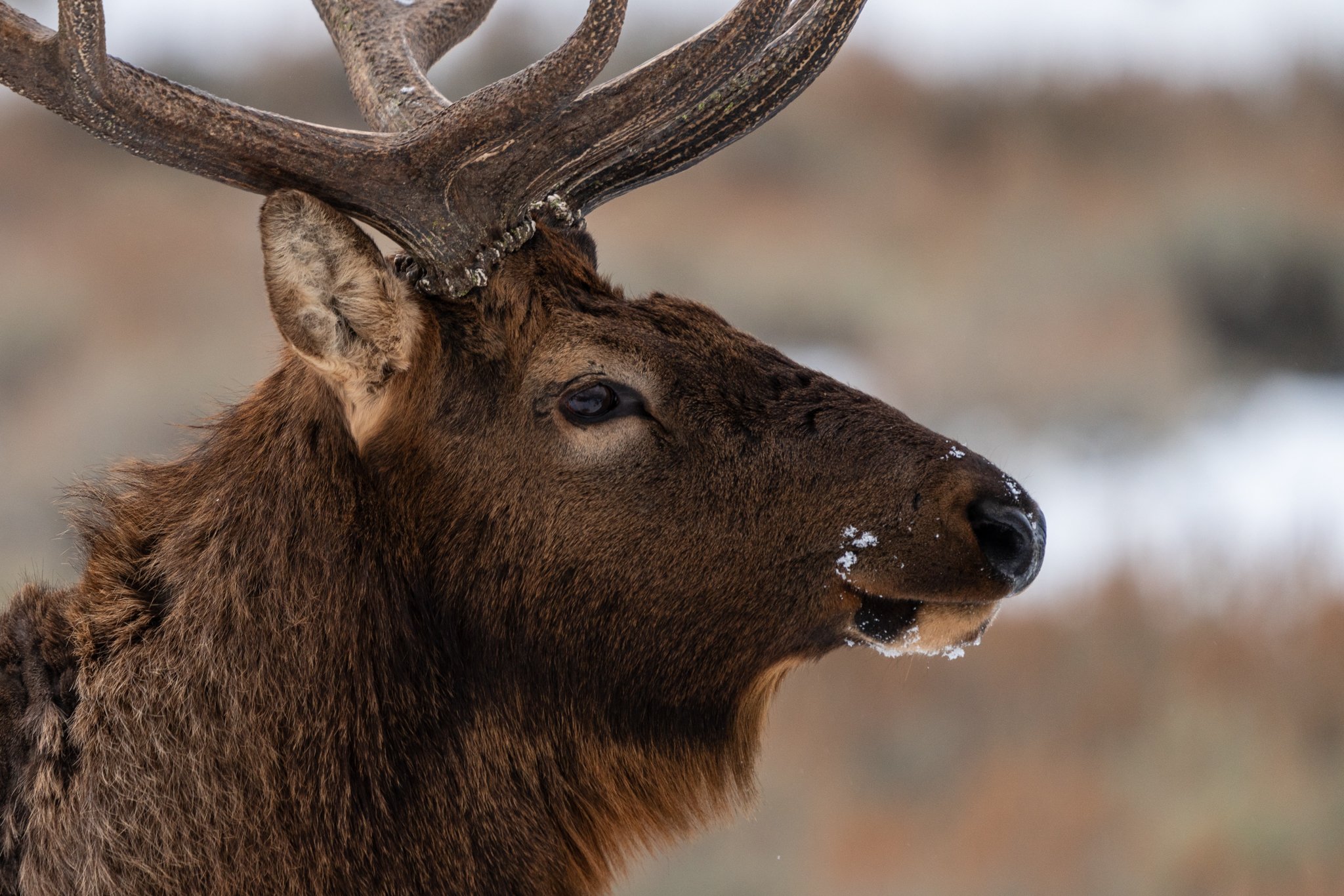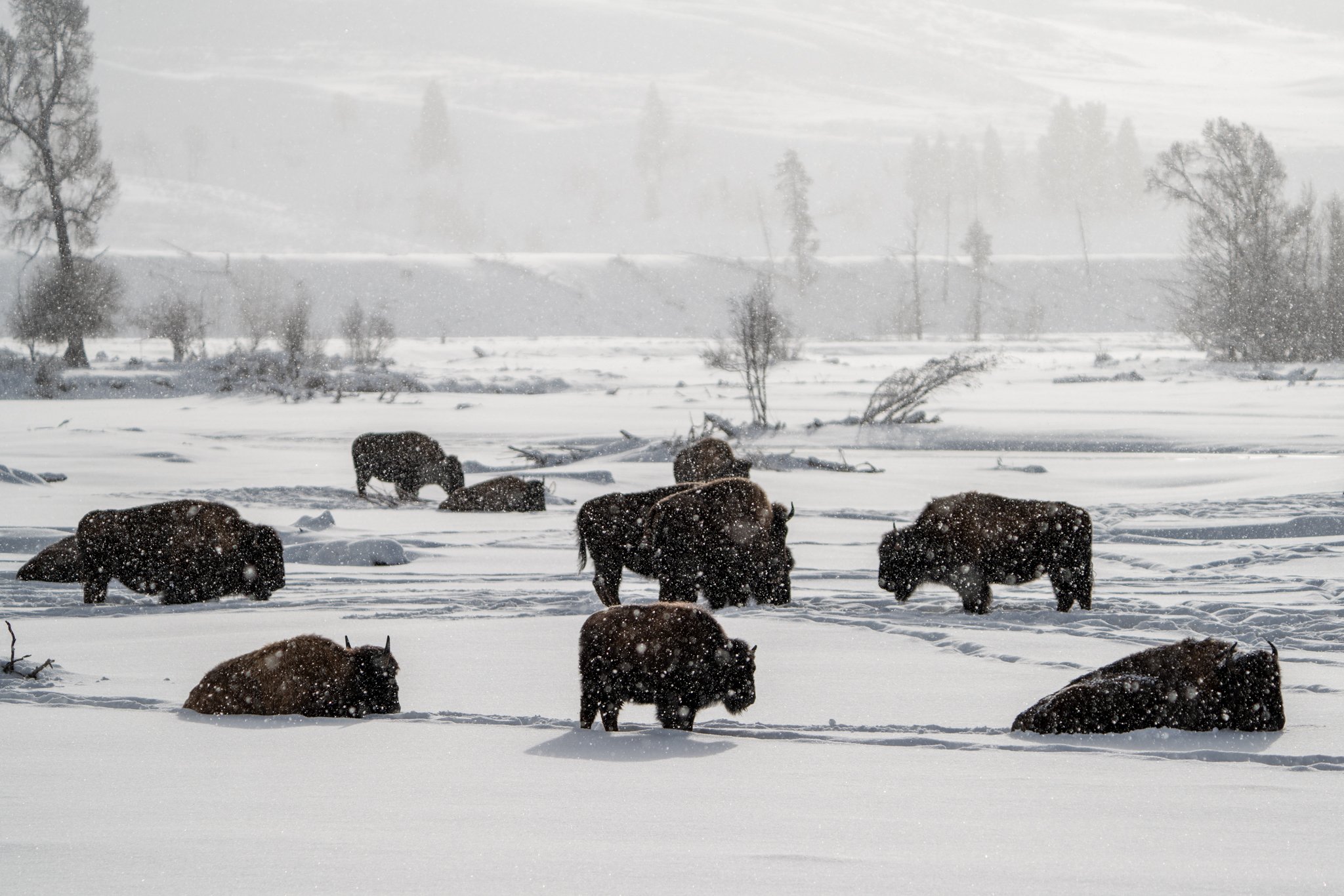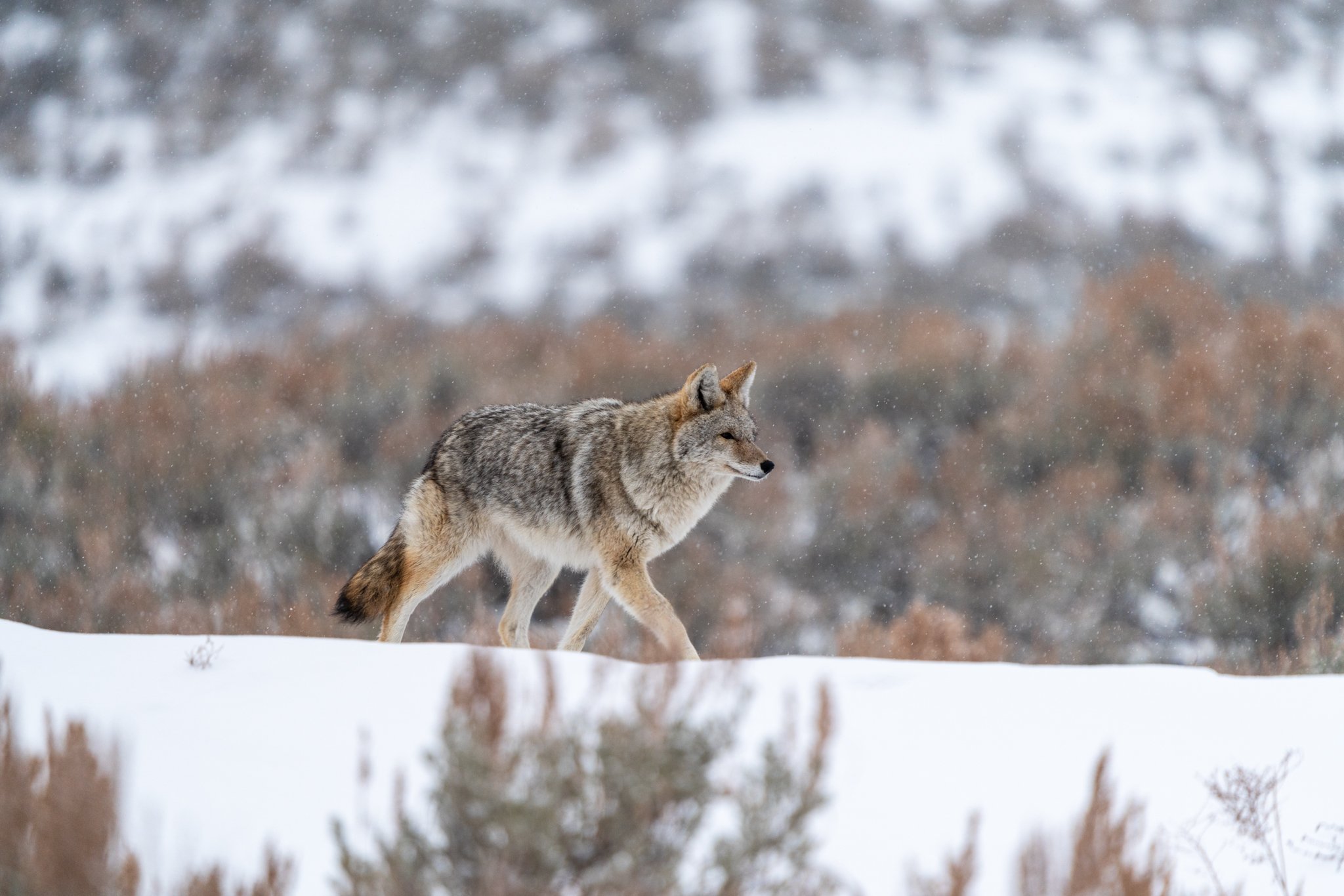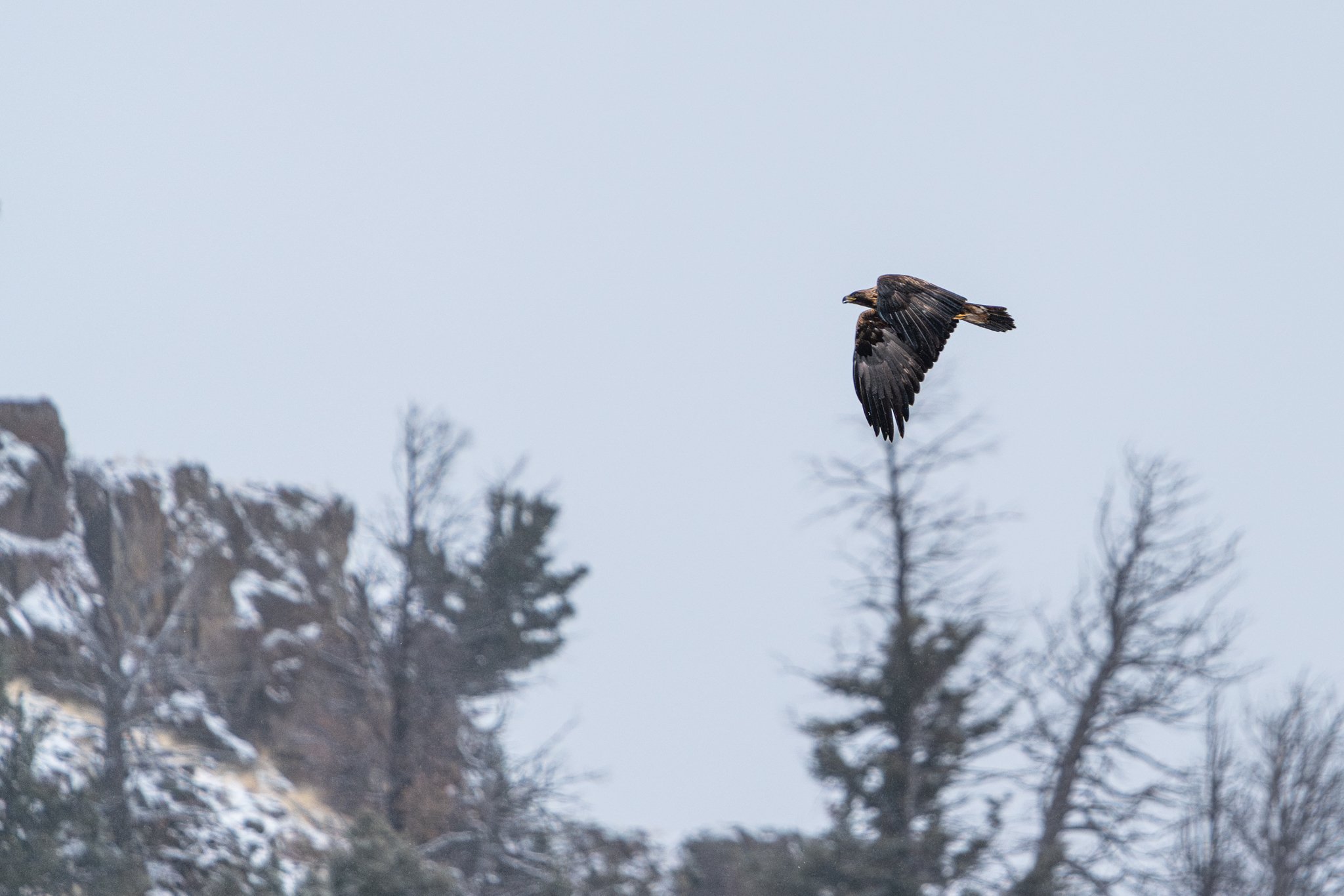What’s Happening in Yellowstone February 2025
Yellowstone’s Deep Winter Wildlife Experiences
February in Yellowstone’s Lamar Valley is a month of enduring cold and continued winter beauty. As the days gradually lengthen, the wildlife adapts to the harsh conditions, creating unique opportunities for visitors to observe animal behavior and the stunning landscapes blanketed in snow.
February continues to be one of the coldest months in Yellowstone. Daytime temperatures generally range from 10°F to 30°F, with nighttime lows frequently dipping below -10°F. Heavy snowfall can occur, creating deep drifts in the valleys. The landscape transforms into a picturesque winter wonderland, with icy rivers, frosted trees, and snow-covered mountains creating a breathtaking backdrop.
Travel through the park remains challenging, as snow and ice can make roads slippery and treacherous. However, winter conditions also mean fewer visitors, allowing for a more intimate wildlife experience.
February is an excellent month for wolf watching in Lamar Valley. The wolf packs are still actively hunting, as the snow makes it easier to track elk and bison. Wolves are often seen working together, showcasing their remarkable teamwork as they chase down prey or defend their territory.
The stark white landscape contrasts beautifully with the dark coats of the wolves, making them easier to spot. This month is also significant for observing the social interactions within packs, as mating season approaches. Visitors may witness playful behaviors between wolves, providing a glimpse into their complex social structures.
Elk herds are sparse in the park by February, as many have migrated to lower elevations in search of food. The elk that remain are often on high alert due to the presence of wolves, and their movements become more cautious. The deep snow makes it difficult for them to access grass, and they may be seen using their powerful legs to break through the surface for forage.
Bison, on the other hand, continue to thrive despite the harsh conditions. Their thick coats and ability to move through snow make them well adapted to Yellowstone’s winter. In February, bison are often seen in larger groups, which helps them conserve body heat and provides protection against predators.
Coyotes remain active throughout February, often seen scavenging near wolf kills or hunting smaller prey in the snow. Their cunning nature allows them to adapt well to the winter environment, and visitors might spot them darting through the snow or listening intently for sounds beneath the surface.
The contrast between the coyotes’ agile movements and the heavy-footed bison creates a fascinating dynamic within the valleys. Their persistence in the face of winter challenges is a testament to their adaptability.
February offers great birdwatching opportunities as well. Bald eagles and golden eagles can be seen soaring over Lamar Valley, particularly near open water areas. These majestic raptors hunt for fish or scavenge from wolf kills, and their presence adds to the excitement of winter wildlife viewing.
Ravens are also active, often seen in pairs or small groups. Their intelligence and adaptability make them skilled scavengers, and they can often be found near bison or wolf kills, picking at leftovers or playing in the snow.
February presents unique photography opportunities in Yellowstone. The interplay of light and shadow on the snow creates stunning landscapes, while the wildlife against a backdrop of frost and ice provides a visual feast for photographers. Capturing images of wolves on the hunt or bison trudging through deep snow can result in breathtaking shots that showcase the beauty and harshness of winter.
Visitor Tips for February
If you’re planning a visit to Yellowstone in February, be prepared for winter conditions. Layering your clothing is essential, as temperatures can fluctuate throughout the day. Insulated boots, gloves, and hats are necessary to stay warm during your adventures.
Road access in February may be limited, as many routes are closed to vehicles. Snowmobiles and snow coaches are often the best ways to explore the park during this time. Joining a guided tour can enhance your experience, as knowledgeable guides can help you locate wildlife and navigate the challenging winter landscape.
February in Lamar Valley offers an unparalleled winter experience. With wolves on the hunt, bison navigating the deep snow, and the breathtaking beauty of a snow-covered landscape, this month provides incredible wildlife-watching opportunities for those willing to brave the cold. The serenity of the valley and the resilience of the wildlife create a memorable adventure in one of the most stunning national parks in the world.
To experience the wonders of Yellowstone’s wildlife and landscapes firsthand, join one of our Wildlife Photography Tours in Yellowstone National Park. Our expert-led tours offer unparalleled opportunities to photograph the park’s iconic animals and breathtaking scenery while providing professional guidance to elevate your photography skills. Whether you’re a beginner or a seasoned photographer, we tailor our experiences to ensure unforgettable moments in the heart of Yellowstone. Visit our website at WildscapeAdventure.com for more information and to book your next adventure with us. Let’s capture the wild together!






